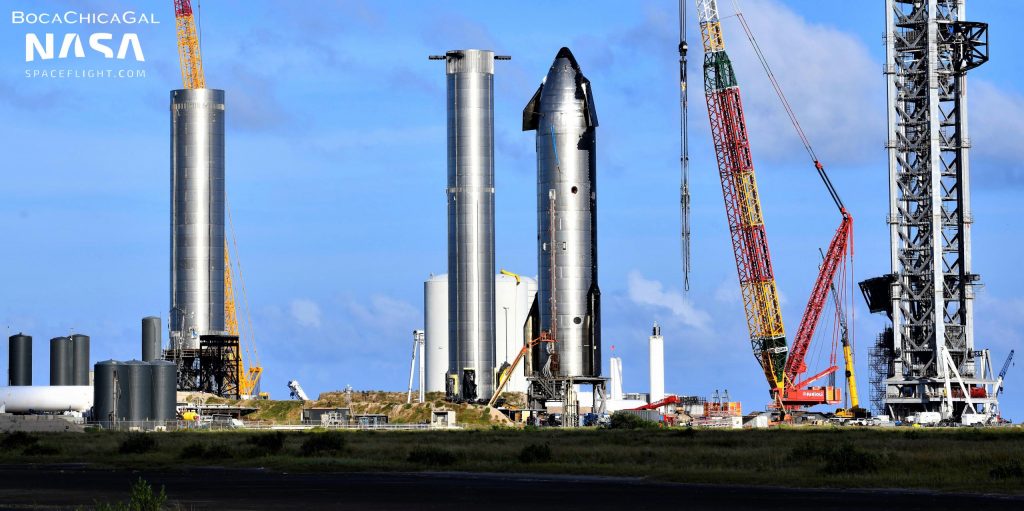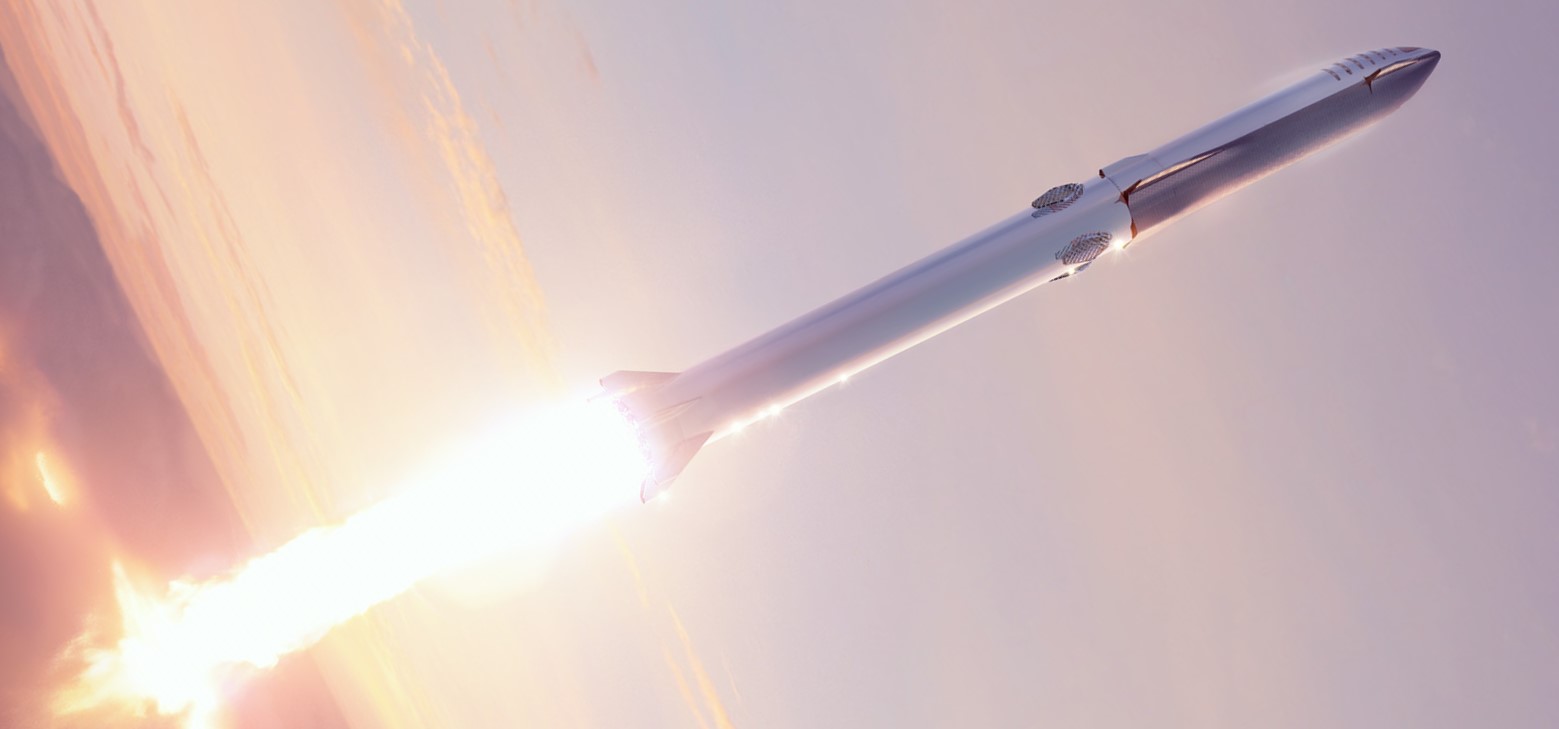The US Federal Aviation Administration (FAA) says it’s at least two months behind schedule on an environmental review that must be completed before SpaceX will be allowed to attempt the first orbital Starship launch attempts.
In mid-November, the FAA revealed plans to complete SpaceX’s “SpaceX Starship/Super Heavy Launch Vehicle Program” programmatic environmental assessment (PEA) – a review that can be built upon down the road – by December 31st, 2021, officially delaying Starship’s first orbital launch attempt into 2022. Based on the lack of updates from the FAA and progress with the Starship and booster assigned to the mission, that delay was already largely expected, but the rare update nonetheless confirmed it with certainty. Now, less than a month and a half after the FAA announced its Dec 31st target, the agency has waited until three days before that estimated deadline to announce that it will take at least two more months to complete the review.
Somewhat insultingly, in its official statement on the delay, the FAA appears to attempt to implicate the review of “over 18,000 public comments” received during a comment period as a source of those delays. That six-week comment period ended on November 1st, weeks before the FAA published its first December 31st target date. In other words, for comment reviews to be responsible for any of the new delays, the FAA’s environmental compliance group would have had to underestimate the amount of work required to complete that process by at least 100% – not all that encouraging for an agency in which precision and accuracy are of the utmost importance.
“The FAA plans to issue the Final Programmatic Environmental Assessment (PEA) for the SpaceX Starship / Super Heavy project on Feb. 28, 2022. The previous target date was Dec. 31, 2021.
Under the oversight of the FAA, SpaceX is currently drafting responses for the over 18,000 public comments received on the Draft PEA and continues to prepare the Final PEA for the FAA’s review and acceptance. In addition, the FAA is continuing consultation and coordination with other agencies at the local, State and Federal level.
The environmental review is just one part of the FAA commercial space licensing process. SpaceX’s license application must also meet FAA safety, risk and financial responsibility requirements.”
The real delays, which the FAA acknowledges in much less detail, are likely the result of “continuing consultation and coordination with other agencies at the local, State, and Federal level [sic].” In the FAA’s defense, some of those delays may technically be out of its control if slow responses from other agencies are partly to blame. Nonetheless, it was the FAA’s decision to wait from November 2020 to June 2021 to actually proceed with SpaceX’s Starship environmental assessment, which the company officially began drafting in March 2021.
Had the FAA started work on the PEA in earnest several months prior, which appears to have been well within its power, SpaceX’s extremely limited orbital Starship PEA might already be complete, allowing the agency to begin ensuring that SpaceX “meet[s] FAA safety, risk and financial responsibility requirements.” If the process of securing a limited license for far less risky suborbital Starship launches is anything to go off of, securing a similar license for orbital Starship launches with 10-20 times the explosive potential could be an agonizing months-long ordeal. It’s ambiguous if the FAA is already deep into that process or if it’s waiting for a complete, approved PEA to begin work on Starship’s first orbital launch license.

Regardless, the fact remains that it’s no longer clear if the FAA’s delays or poor schedule estimates will actually delay Starship’s first orbital launch attempt. Originally said to be no earlier than July 2021 and almost every subsequent month since by Elon Musk, the CEO’s most recent estimate was January or February 2022. According to a relevant NASA research project published a month prior to Musk’s estimate, the space agency anticipated Starship’s orbital launch debut no earlier than March 2022. Now that the FAA doesn’t expect to complete Starship’s orbital-class PEA before February 28th, 2022, March or April 2022 appears to be a more accurate NET.
That will give SpaceX another three months at minimum to – just maybe – finally complete Super Heavy B4’s aft assembly, qualify and fill the methane side of Starbase’s orbital-class tank farm, perform several unprecedentedly ambitious wet dress rehearsals and static fires, really make sure Ship 20 is ready for flight, and activate the orbital launch tower’s massive ‘chopstick’ arms – meant to eventually catch rockets out of the air but also necessary for SpaceX to install Starship on top of Super Heavy.

